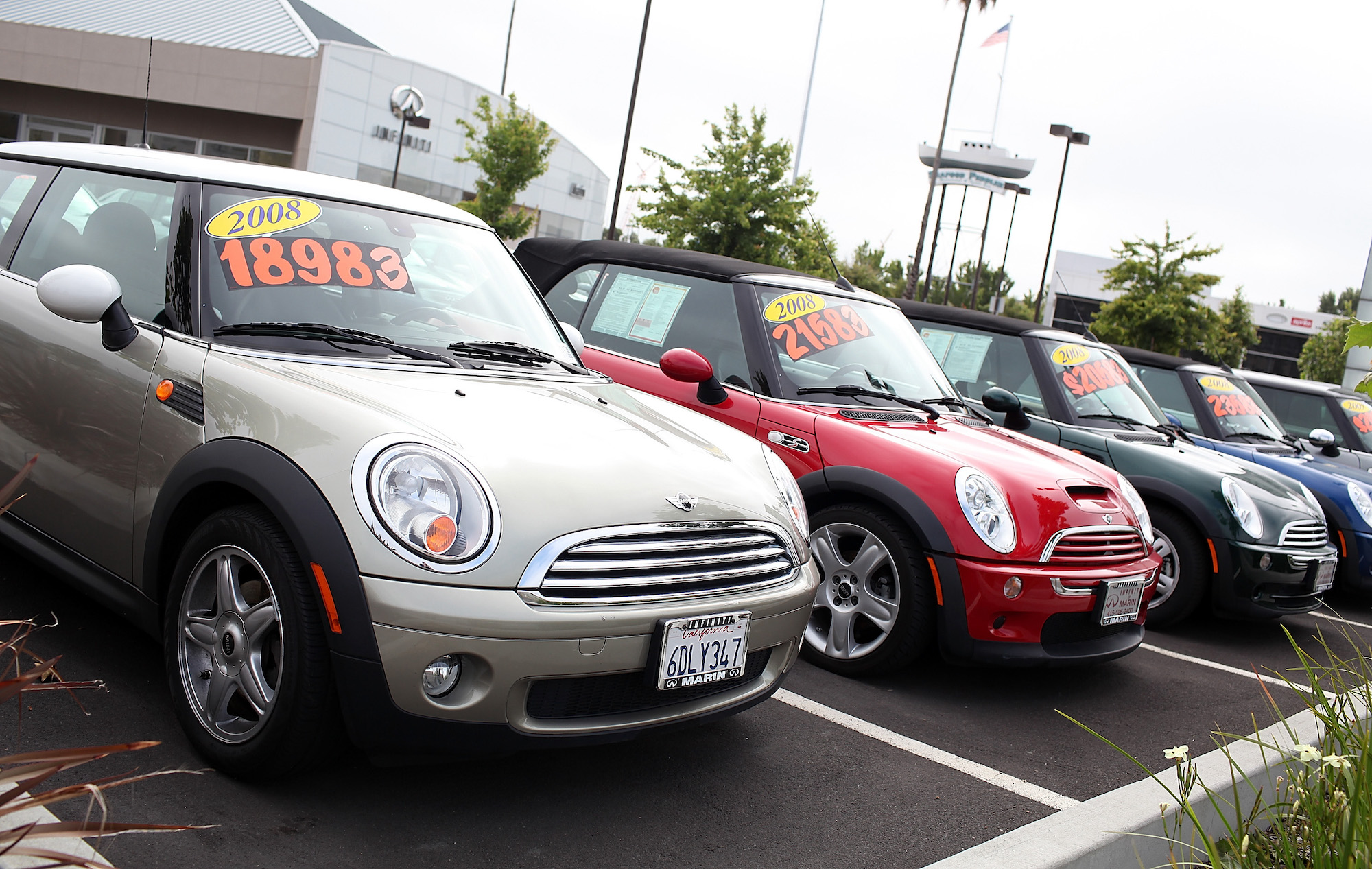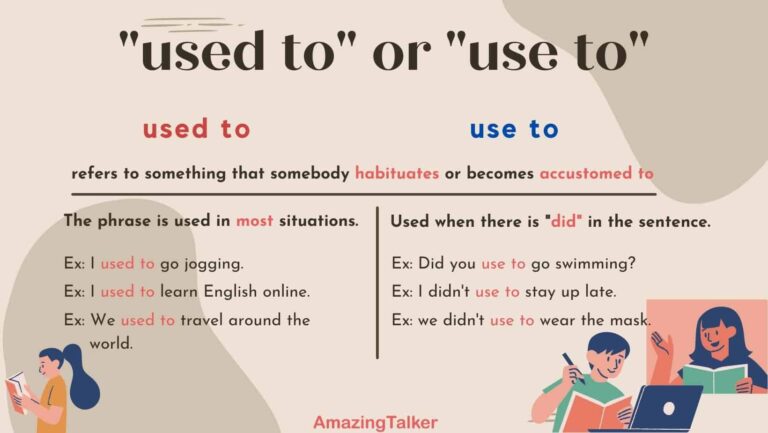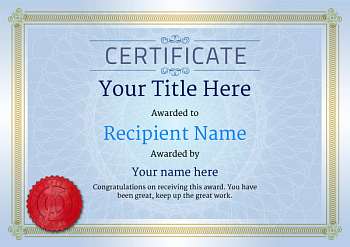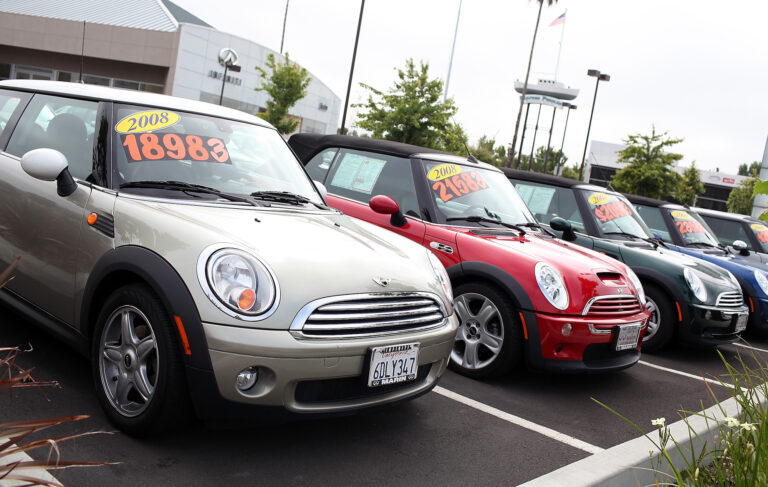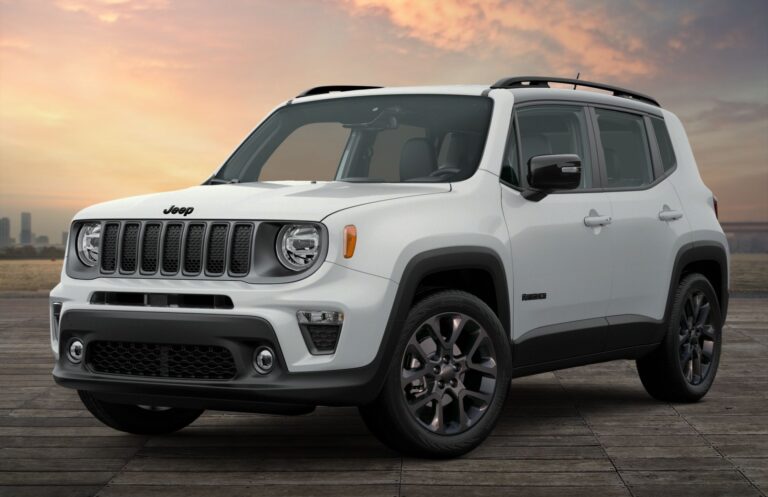Used Jeep Wrangler $6000 For Sale: Your Comprehensive Guide to Affordable Off-Road Dreams
Used Jeep Wrangler $6000 For Sale: Your Comprehensive Guide to Affordable Off-Road Dreams jeeps.truckstrend.com
The allure of a Jeep Wrangler is undeniable. Its iconic silhouette, legendary off-road prowess, and unique open-air driving experience have cemented its place as a symbol of adventure and freedom. For many, however, the price tag of a new or late-model Wrangler can be prohibitive. This is where the concept of a Used Jeep Wrangler $6000 For Sale enters the picture – a gateway for budget-conscious enthusiasts to own a piece of automotive legend.
This article serves as your comprehensive guide to navigating the exciting yet challenging world of purchasing a Used Jeep Wrangler at this specific price point. It’s not just about finding a vehicle; it’s about understanding what you’re getting into, what to look for, and how to make an informed decision that leads to more adventures and fewer headaches. While a $6000 Wrangler certainly won’t be showroom-fresh, it can be a fantastic foundation for an off-road beast, a weekend toy, or even a reliable daily driver, provided you know what to expect and how to properly evaluate your options.
Used Jeep Wrangler $6000 For Sale: Your Comprehensive Guide to Affordable Off-Road Dreams
The Reality of a $6000 Jeep Wrangler: What to Expect
Let’s be clear from the outset: a $6000 Jeep Wrangler is not going to be a low-mileage, pristine example. At this price point, you are typically looking at older generations of the Wrangler, primarily the YJ (1987-1995) and TJ (1997-2006) models. Occasionally, a very high-mileage or mechanically troubled early JK (2007-2018) might dip into this range, but it’s less common and often indicates significant issues.
Expect the following when considering a $6000 Wrangler:
- Higher Mileage: Vehicles will likely have well over 150,000 miles, often pushing 200,000 or more.
- Visible Wear and Tear: Dings, dents, faded paint, torn interiors, and general signs of age are common. These vehicles have lived a life, likely off-road.
- Rust: This is the most critical factor. Rust on the frame, body mounts, floorboards, and suspension components is almost guaranteed to some degree. Severe frame rust is a deal-breaker.
- Mechanical Imperfections: Expect some leaks, worn suspension components, potential electrical quirks, and possibly a check engine light for a minor issue. These are not necessarily red flags if fixable, but they contribute to the lower price.
- Previous Modifications: Many Wranglers at this price point have been modified (lift kits, bigger tires, aftermarket bumpers). Assess the quality of these modifications – a poorly installed lift can lead to serious handling and safety issues.
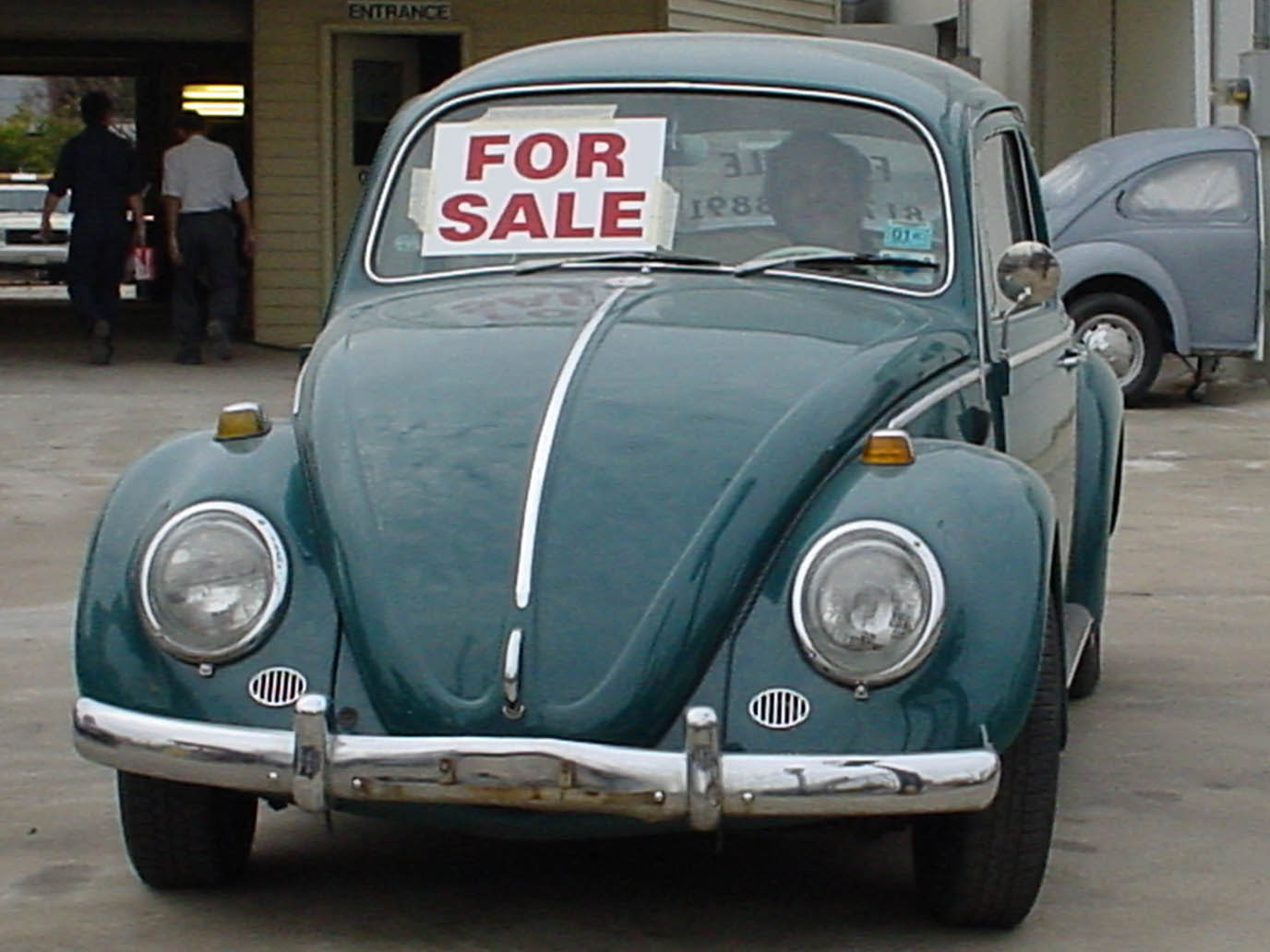
It’s crucial to approach this purchase with realistic expectations. You are buying a project, a platform, or a basic, no-frills off-roader, not a daily commuter that requires no immediate attention.
Why a $6000 Wrangler Might Be Right for You
Despite the caveats, there are compelling reasons why a budget Wrangler could be your ideal vehicle:
- Affordable Entry into the Jeep Lifestyle: This price point makes the dream of owning a Wrangler accessible to a much wider audience. It’s a low-cost way to get into the highly social and rewarding world of Jeep ownership and off-roading.
- DIY Enthusiast’s Dream: If you enjoy wrenching and learning about vehicle mechanics, an older Wrangler offers endless opportunities for maintenance, repair, and modification. Parts are plentiful and often affordable, and the community support for DIY Jeepers is immense.
- Dedicated Off-Road Vehicle: For those looking for a dedicated trail rig where aesthetics are secondary, a $6000 Wrangler is perfect. You won’t worry about scratching the paint or denting a fender on the trail as much as you would with a newer, more expensive model.
- Customization Potential: The older Wrangler platforms (YJ, TJ) are incredibly modular. You can build them into almost anything you desire – from rock crawlers to overland rigs, often at a lower overall cost than modifying a newer vehicle.
- Lower Depreciation Risk: The bulk of a vehicle’s depreciation happens in its early years. A $6000 Wrangler has likely already seen its steepest depreciation, meaning your investment is relatively stable if you maintain it.
Key Areas to Inspect Before Buying: Your "How-To" Guide
Thorough inspection is paramount when buying a budget Wrangler. Bring a friend, a flashlight, and ideally, a basic set of tools. Don’t be afraid to get dirty.
-
Frame and Undercarriage (CRITICAL!):
- Rust: This is the absolute priority. Check the entire frame, especially near the control arm mounts, skid plates, and suspension components. Look for rot, flaking metal, and holes. Surface rust is common and often manageable, but structural rust is a deal-breaker.
- Skid Plates: Inspect for excessive damage, indicating severe off-road use.
- Leaks: Check for fluid leaks from the engine, transmission, transfer case, differentials, and power steering.
-
Engine and Drivetrain:
- Cold Start: Listen for unusual noises (knocking, ticking, grinding).
- Fluids: Check oil (color, consistency), coolant (level, color), transmission fluid.
- Engine Bay: Look for frayed wires, cracked hoses, signs of recent repairs (good or bad).
- Test Drive:
- Transmission: Smooth shifting (automatic) or clutch engagement (manual).
- 4×4 System: Engage 4-high and 4-low (on a loose surface or dirt) to ensure the transfer case works correctly. Listen for grinding or clunking.
- Driveshafts/U-Joints: Listen for clunking when shifting into gear or accelerating.
-
Suspension and Steering:
- Lift Kits: If present, ensure they are professionally installed and all components (shocks, springs, control arms, track bars) look sound. Look for signs of the infamous "death wobble" during the test drive (violent shaking of the steering wheel at certain speeds).
- Bushings: Inspect rubber bushings on control arms and sway bars for cracks or excessive wear.
- Tie Rod Ends/Ball Joints: Wiggle the tires while the vehicle is jacked up (or have a mechanic do it) to check for play.
-
Body and Interior:
- Body Rust: Check common rust spots: fenders, rocker panels, door sills, and especially the floorboards (lift the carpet!).
- Doors/Top: Ensure doors open and close properly. Inspect the soft top or hardtop for cracks, tears, or leaks.
- Interior: Check for water damage, mold, functionality of gauges, lights, HVAC, and power windows (if equipped).
-
Paperwork:
- Ensure it’s clean (not salvage, rebuilt, or flood-damaged). Match the VIN.
- Service Records: Ask for any available maintenance history.
Practical Advice: Never buy a $6000 Wrangler without a pre-purchase inspection by a trusted mechanic, especially one familiar with Jeeps. The $100-$200 cost could save you thousands in unexpected repairs.
Common Issues and Potential Solutions for Budget Wranglers
Understanding common ailments helps you anticipate future costs and assess the severity of current problems.
- Rust:
- Issue: Frame rot, body rust, especially on YJs and TJs.
- Solution: Surface rust can be cleaned and painted. Minor frame rust might be patched or reinforced by a skilled welder. Severe frame rust often means the vehicle is beyond economical repair for most.
- "Death Wobble":
- Issue: Violent shaking of the steering wheel, usually at highway speeds, often caused by worn steering components (tie rod ends, ball joints, track bar bushings) or improperly installed lift kits.
- Solution: Replace worn components. Ensure proper alignment and balance of tires.
- Leaking Fluids:
- Issue: Common from valve covers, oil pan, rear main seal (especially on 4.0L engines), or transfer case.
- Solution: Gasket replacement. Some are DIY-friendly; others (like rear main seal) are more involved.
- Electrical Gremlins:
- Issue: Fuses, faulty sensors (e.g., O2 sensor causing check engine light), wiring issues.
- Solution: Diagnosis with an OBD-II scanner, tracing wires, replacing sensors or relays.
- Worn Suspension Components:
- Issue: Sagging springs, worn shocks, cracked bushings, especially if frequently off-roaded.
- Solution: Replacement of springs, shocks, and bushings. An opportunity for a mild lift!
Where to Find a $6000 Jeep Wrangler
Finding a good deal requires patience and persistence.
- Online Marketplaces:
- Craigslist, Facebook Marketplace: These are prime hunting grounds for private sellers. Set up alerts for new listings in your area.
- eBay Motors: Good for nationwide searches, but be wary of buying sight unseen.
- Local Jeep Clubs/Forums: Enthusiast communities often have "for sale" sections where members sell well-maintained (or at least well-documented) vehicles.
- Word of Mouth: Let friends, family, and mechanics know you’re looking.
- Small Independent Dealerships: Less common for this price point, and prices might be higher, but they occasionally have older trade-ins.
- Auctions (Caution Advised): Government surplus or public auto auctions can have deals, but vehicles are sold "as-is" with no guarantee, making them risky for inexperienced buyers. Salvage title vehicles are common here.
Tips: Be prepared to act fast when a good deal appears. Have your funds ready and be willing to travel a reasonable distance.
Budgeting Beyond the Purchase Price
The $6000 sticker price is just the beginning. Factor in these additional costs:
- Immediate Repair Fund: Absolutely essential. Budget at least $500-$1000 for immediate repairs or maintenance items (fluids, spark plugs, filters, minor leaks, worn parts) that will arise shortly after purchase.
- Insurance: Get quotes before buying. Older vehicles can sometimes be more expensive to insure due to parts availability or theft risk, depending on your provider and location.
- Registration and Taxes: Factor in your state’s sales tax and registration fees.
- Tools: If you plan on DIY, invest in a good set of hand tools, a torque wrench, jack stands, and a floor jack.
- Modifications (Optional): If you plan on upgrading, factor in costs for tires, wheels, lift kits, or recovery gear.
- Fuel: Older Wranglers, especially with larger tires, are not fuel-efficient. Budget for higher fuel costs.
Typical $6000 Jeep Wrangler Profile
This table outlines what you can generally expect from a Jeep Wrangler in the $6000 price range, understanding that variations exist.
| Feature | Typical Expectation for a $6000 Jeep Wrangler |
|---|---|
| Model Year | YJ (1987-1995) or TJ (1997-2006). Early JK (2007-2010) possible but rare and likely with significant issues. |
| Engine Options | 2.5L 4-cylinder or 4.0L I6 (YJ/TJ). The 4.0L is generally preferred for power and reliability. |
| Transmission | Manual or Automatic. Condition will vary; inspect thoroughly. |
| Mileage | 150,000 to 250,000+ miles. |
| Exterior Condition | Faded paint, minor dents/scratches, potential for body rust (fenders, rockers, corners). Soft top may be worn/torn. |
| Interior Condition | Worn seats, potentially missing carpet, minor electrical quirks (e.g., gauges, radio). Water stains possible. |
| Rust Status | Surface rust on frame is common. Critical inspection for deep, structural frame rust is essential. Floorboard rust. |
| Mechanical Status | Running and driving, but likely with minor fluid leaks, worn suspension components, or a check engine light for minor issues. |
| Modifications | Often includes aftermarket wheels, larger tires, or a basic lift kit. Quality of installation varies widely. |
| Maintenance History | Spotty or unknown for many private sellers. Always ask for records if available. |
| Immediate Repairs | Budget $500-$1000 for immediate maintenance (fluids, plugs) or minor repairs (sensors, bushings). |
| Title Status | Ideally clean. Be extremely wary of salvage, rebuilt, or flood titles at this price point. |
Frequently Asked Questions (FAQ)
Q1: What model years can I expect for $6000?
A1: Predominantly YJ (1987-1995) and TJ (1997-2006) models. Early JK models (2007-2010) are rare at this price and typically have very high mileage or significant issues.
Q2: Is it safe to buy a Wrangler at this price?
A2: Yes, it can be safe if you do your due diligence. A thorough pre-purchase inspection by a trusted mechanic is non-negotiable. The main safety concern will be severe frame rust or poorly installed modifications.
Q3: How much should I budget for repairs after buying a $6000 Wrangler?
A3: Always budget an additional $500-$1000 for immediate maintenance and potential minor repairs. Over the first year, expect to spend more if major components need replacing.
Q4: Can I really off-road with a $6000 Wrangler?
A4: Absolutely! Many $6000 Wranglers, particularly TJs, make excellent off-roaders. Their simplicity and robust design are well-suited for the trails. Just ensure the frame is solid and essential drivetrain components are functioning.
Q5: Should I get a mechanic to inspect it before buying?
A5: YES, absolutely. This is the single most important piece of advice. A pre-purchase inspection (PPI) can reveal critical issues you might miss, saving you from a costly mistake.
Q6: What’s the biggest risk when buying a $6000 Wrangler?
A6: Severe frame rust. It’s often uneconomical to repair and can compromise the vehicle’s structural integrity and safety. Always inspect the frame thoroughly.
Q7: What’s the best way to find one?
A7: Online marketplaces like Craigslist and Facebook Marketplace are excellent for private sellers. Also, check local Jeep club forums and word-of-mouth. Be patient and quick to act.
Conclusion
The dream of owning a Jeep Wrangler is within reach, even on a $6000 budget. While it requires realistic expectations, diligent inspection, and a willingness to tackle some maintenance or repairs, the reward of joining the vibrant Jeep community and experiencing unparalleled off-road capability is well worth the effort.
A Used Jeep Wrangler for $6000 is more than just a vehicle; it’s an opportunity for adventure, a project that teaches valuable skills, and a canvas for personalization. Approach the search with knowledge, patience, and a sensible budget for post-purchase care, and you could soon be enjoying the open-air freedom and rugged spirit that only a Jeep Wrangler can offer. Happy hunting, and welcome to the world of Jeep!
